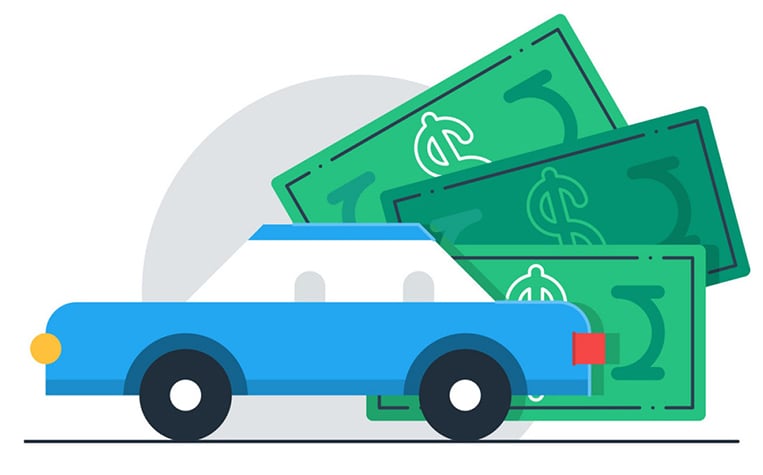
I recently helped a friend look for a brand-new car, which had us hopping from dealer to dealer along a major thoroughfare in Quezon City. As we went inside each showroom, one thing stood out as the salespeople proudly showed us around the vehicles we were eyeing: 0% down payment.
The allure of financing schemes involving low or 0% down payment has become so great that households that used to have no means of acquiring an automobile suddenly have factory-fresh rides on their driveway. This spike in car ownership doesn’t seem to have an end in sight as banks and dealers allow consumers easy access to these vehicles in the name of sales quotas.
According to Ken Research, an India-based firm specializing in market intelligence analysis, it is expected that by the end of 2023, outstanding auto loans in the Philippines could reach P4.7 trillion. As mind-boggling as that figure seems, the machinery behind these car loans makes reaching that number within that span of time fairly doable.
We Filipinos buy cars to show the world we’ve made it—that we’re raking in the big bucks—without giving much thought to careful financial planning
Technology such as high-speed Internet enables the fast and hassle-free retrieval of documents. To that end, banks have made the process of applying for loans more streamlined, with some even going as far as maintaining online and mobile channels so customers need not physically show up at the branch as much as before. In addition, more people are now keen on buying cars because of a growing middle-class sector. Five years ago, my aforementioned friend would not have even entertained the idea of going from showroom to showroom looking for her dream car.
“The Philippines is one of the fastest-growing economies and is witnessing a fast-growing middle-class population, which implies higher purchasing power and, in turn, growth in automobile sales,” writes Ken Research. “Credit disbursement will increase as more people become part of the banking system. Both banks and nonbanking institutions are targeting these segments in the most untapped areas, which will result in a steady increase in auto loan disbursements for these segments.”
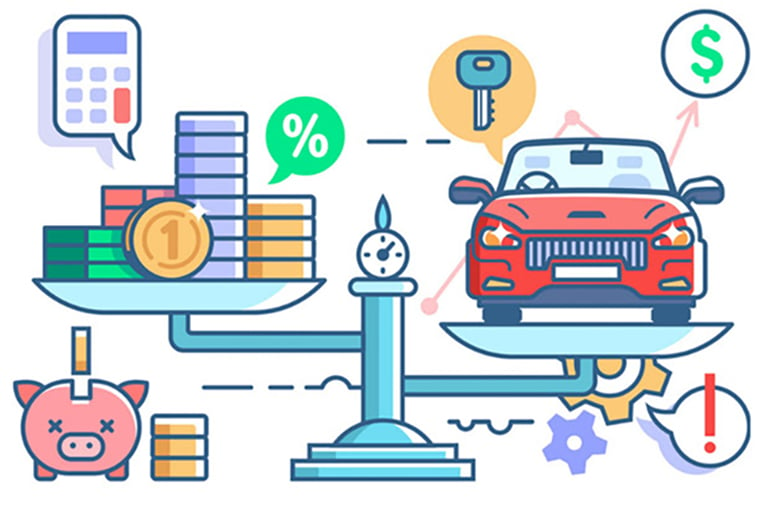
But here’s how this newfound purchasing power works in actual practice. One reason we Filipinos buy cars is to show the world that we’ve made it—that we’re raking in the big bucks—without giving much thought to careful financial planning. The joy of driving off the showroom floor subsides as soon as the expenses for fuel, maintenance and monthly amortization rear their ugly heads. And the next thing we know, we’ve defaulted on our payments and the bank comes in and repossesses the vehicle.
“Even though car use is subsidized by government on many levels through implicit and explicit policy, it is still so expensive that it is out of reach for the middle class,” says our writer and transport planning expert R. Anthony Siy. “There are few social programs better than a transportation system where owning a car is a free choice rather than a necessity for dignified, safe travel.”
The full report may be accessed here, but you will have to pay for it. Bottom line: Car financing will continue to be huge business in our market. That’s good—as long as the borrowers are able to pay.

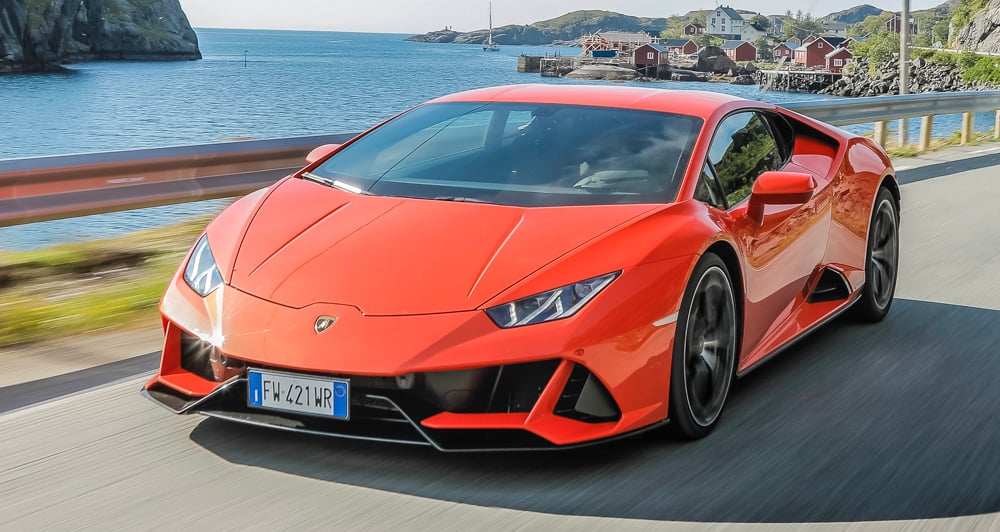
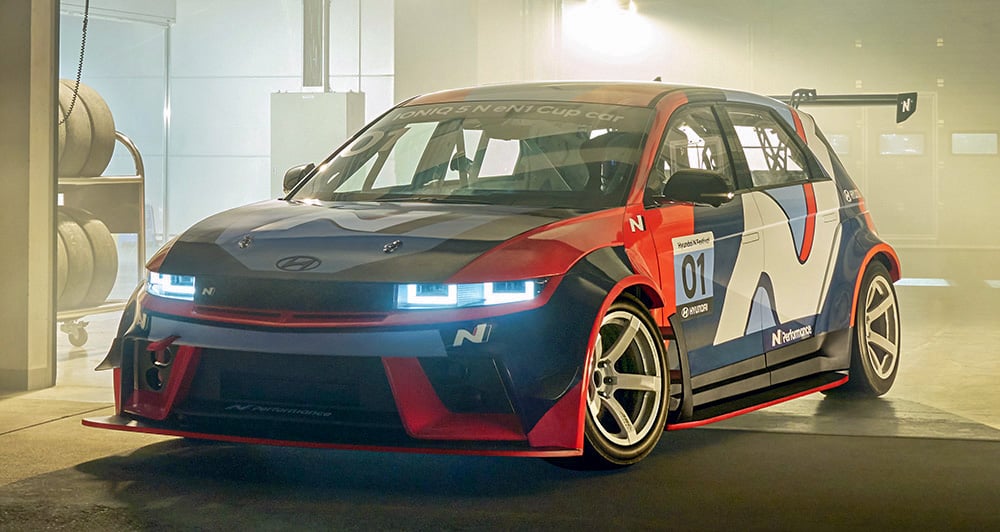
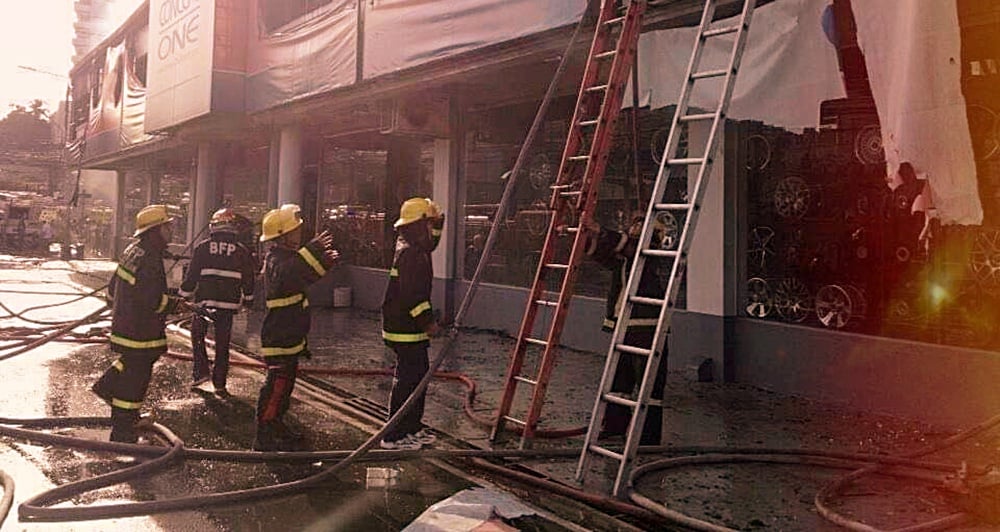

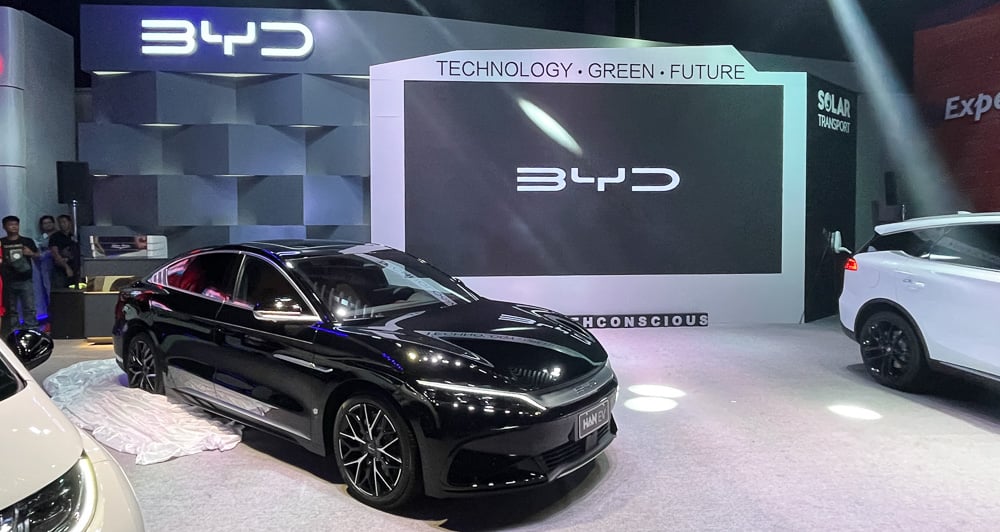
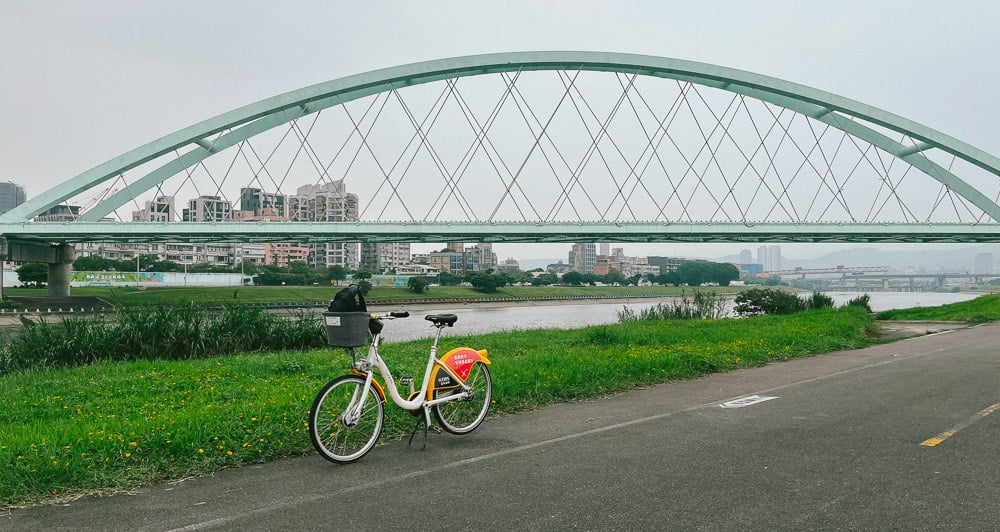
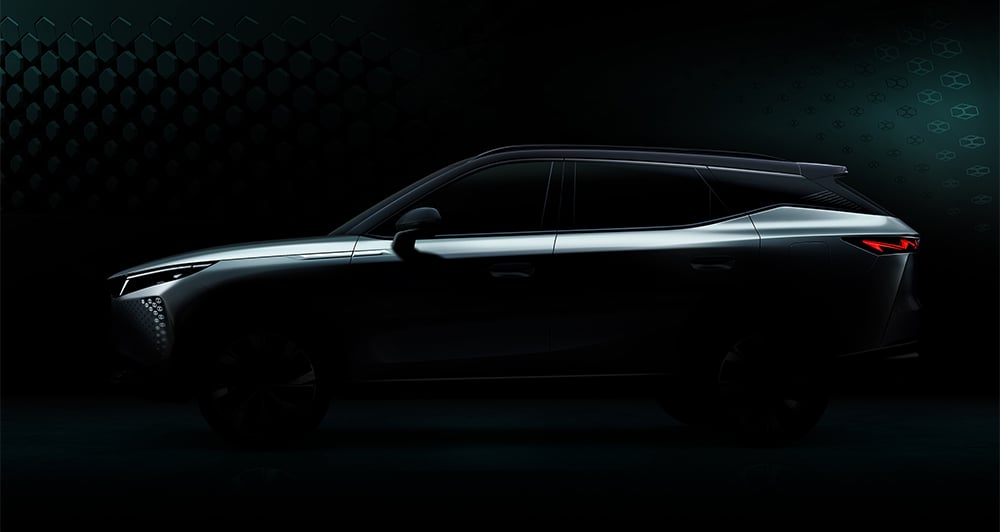
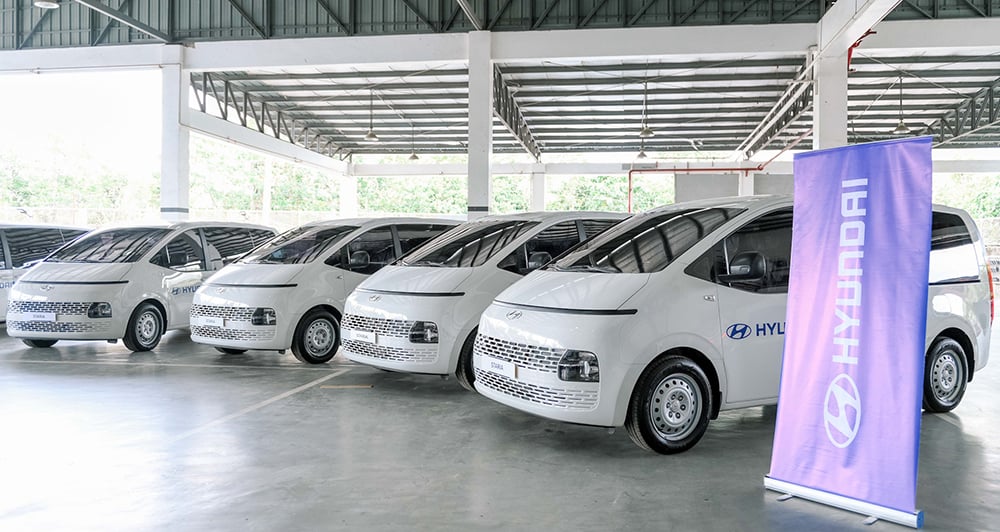


Comments